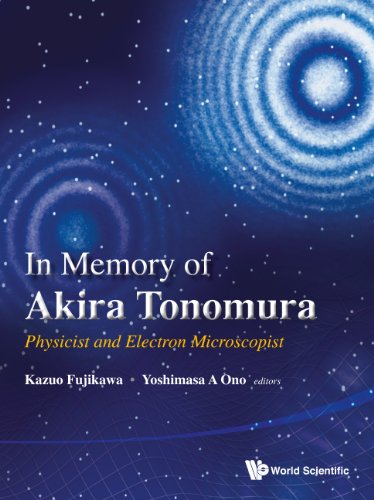

Most ebook files are in PDF format, so you can easily read them using various software such as Foxit Reader or directly on the Google Chrome browser.
Some ebook files are released by publishers in other formats such as .awz, .mobi, .epub, .fb2, etc. You may need to install specific software to read these formats on mobile/PC, such as Calibre.
Please read the tutorial at this link: https://ebookbell.com/faq
We offer FREE conversion to the popular formats you request; however, this may take some time. Therefore, right after payment, please email us, and we will try to provide the service as quickly as possible.
For some exceptional file formats or broken links (if any), please refrain from opening any disputes. Instead, email us first, and we will try to assist within a maximum of 6 hours.
EbookBell Team

4.3
28 reviewsThe book consists of: 1) contributions from distinguished physicists, who participated in the "Tonomura FIRST International Symposium on Electron Microscopy and Gauge Fields" planned by Tonomura himself and held in Tokyo on May 9-10, 2012, and 2) reprints of key papers by Tonomura and his team. Invited speakers at this Symposium include Chen Ning Yang and other distinguished physicists such as Yakir Aharonov, Gordon Baym, Christian Colliex, Anthony J Leggett, Naoto Nagaosa, Nobuyuki Osakabe and Masahito Ueda. This "memorial" Symposium was originally planned to commemorate the start of the Japanese-government-sponsored FIRST Tonomura Project to construct the 1.2 MV holography electron microscope capable of observing quantum phenomena in the microscopic world. In addition, the book includes contributions from participants of the past ISQM-Tokyo symposia held at Hitachi and from Tonomura's longtime friends, including Michael Berry, Jerome Friedman, Hidetoshi Fukuyama, Joseph Imry, Yoshinori Tokura, Jaw-Shen Tsai, and Anton Zeilinger.
The co-editors are Kazuo Fujikawa, Tonomura's longtime friend, and Yoshimasa A Ono who is Tonomura's associate at Hitachi Advanced Research Laboratory and now in the FIRST Tonomura Project.
Readership: Graduate students and researchers in physics, materials science and related fields.